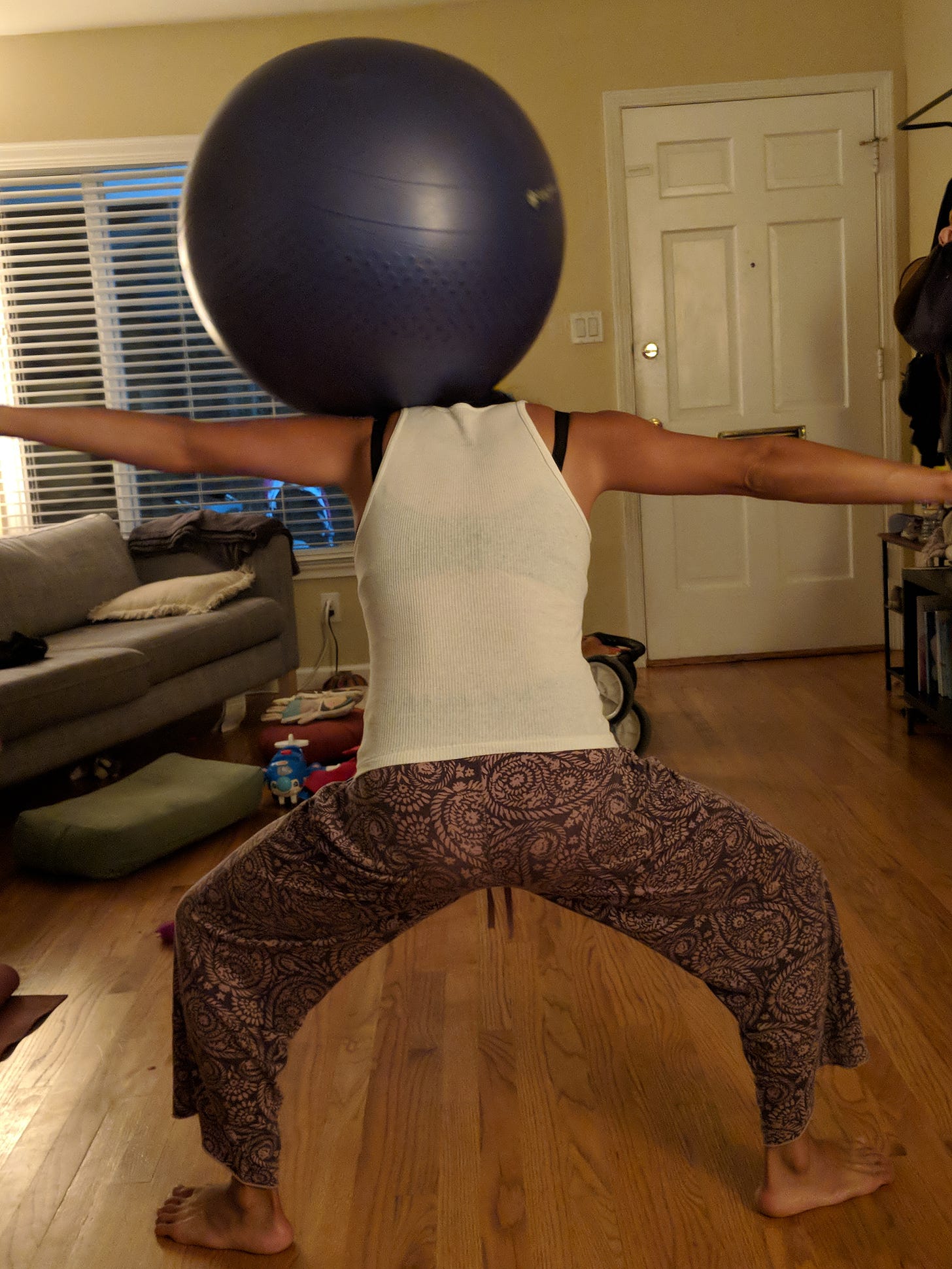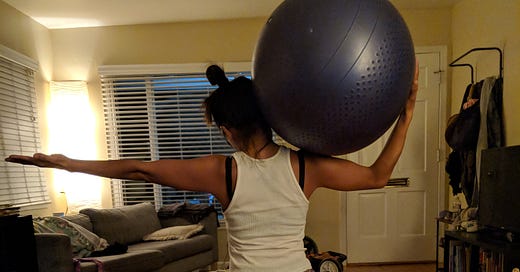“I try to avoid the word mindful as often as possible because it’s a setup...You cannot be mindful 24 hours a day, so you shouldn’t aspire to doing that. Aspire to doing just one thing once or twice or three times a day. Aspire to living in the moment at certain moments a day. Aspire to being right here right now and then returning to that state of mind when you can again later.”
-Shawn Fink, Savoring Slow
Mindfulness is such a buzzword these days, it’s hard to find someone who hasn’t heard of it. Oddly, it’s often thought of as a way to make a full mind less full or to reach a state some refer to as no mind. But the word mindlessness already has a meaning assigned to it, so I prefer to think of mindfulness as something more along the lines of connection. Maybe something like the concept of mind-body connection, which has also become a more mainstream concept (though it is not a new idea at all, just one that has been neglected in modern life).
So I avoid the idea of mindfulness and meditation as ‘emptying the head,’ and I focus more on filling my whole being with light, love, and power. I find that as a woman and mother, I sometimes struggle to connect to power - not power as a forceful energy, but power as the thing that makes me sensitive to the needs of my situation and strong enough to meet those needs.
So you hear the phrase, “He’s got a good head on his shoulders,” but we only ever hear about the shoulders being used metaphorically when we think of someone ‘shouldering a burden’ or ‘having a chip on your shoulder.’ You’ll have to excuse me this moment as I nerd out on two things I love: language and yoga. I’m gonna turn the idiom on its head (it will be doing a headstand!) and say having good shoulders under your head is just as important as a good head on your shoulders. Re-read that a few times. What does it mean?
As moms, we do so much with our arms and shoulders: pick up kids, clean, cook, and maybe work in or outside the home. We might think of ourselves as shouldering burdens, but if we take a yogic mindset, we can modify that mindset and think of ourselves as carrying our “weight” in a mindful, balanced way. Balanced is the key word here, because balance takes more than mindfulness. It also takes skill, commitment, and practice. And by carrying our “weight,” I don’t just mean the weight of our physical bodies so much as I mean the weight that our thoughts, emotions, and habits exert upon us.
So as we go about trying to incorporate out practice in our lives ‘off the mat,’ we don’t have to empty our minds of thoughts. It’s so much better to find a meaningful focus and do what we can to fill ourselves up with light, love, and the kind of power that unites us all as women, mothers, yogis, and most importantly, human beings.
But if you can find a moment to stretch out, even with the house a little chaotic, do it! Here are a couple sequences I shot in the midst of my living room chaos...and my toddler weaving in and out.
Slow-ga
This week I’m going to suggest a tool that has been helpful to me, not only as a yoga practitioner, but as a human being in general: writing. If you don’t like writing, wait a minute! I think this won’t be the type of writing you hate. It’s more of a way of introspecting on paper. Don’t worry, very little composition skills are needed here.
For this week’s Slow Yoga, we’re going to begin a little journey that I call, “From I CAN to I AM.” Why is that a slow-ga technique in my eyes? Because reflecting on your true nature is not only a traditional yoga practice, but also a great way to slow down and weed out the limited conceptions you have of yourself. Find the practice here.




